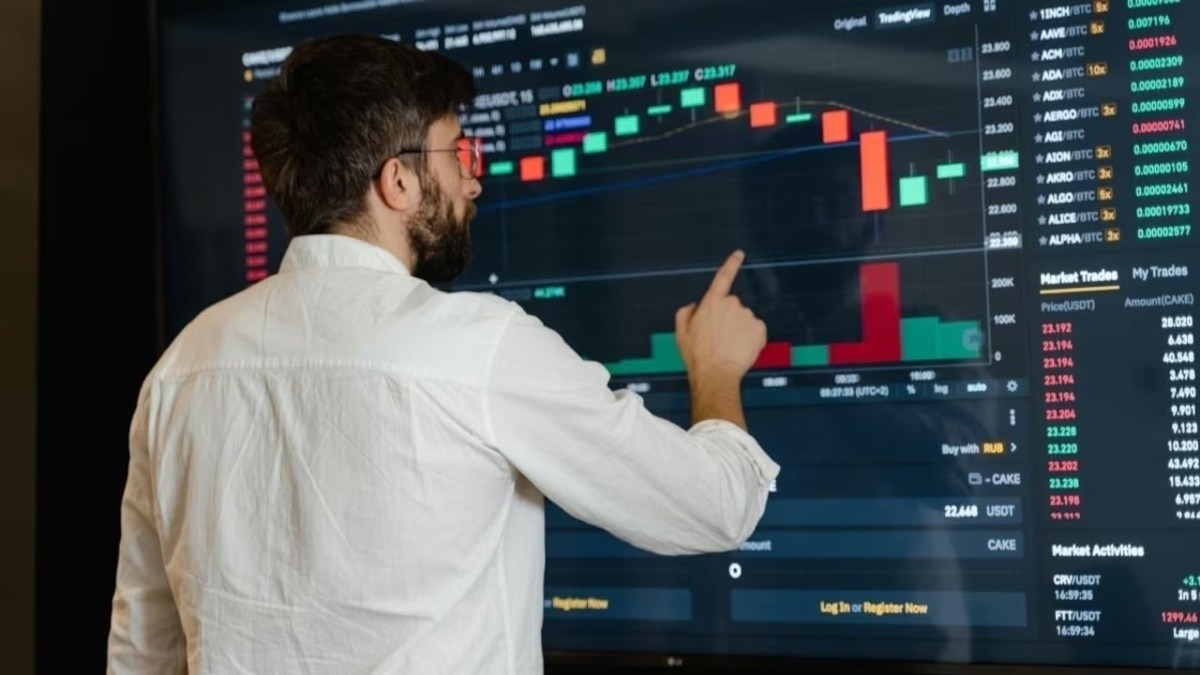Useful information
Prime News delivers timely, accurate news and insights on global events, politics, business, and technology
Useful information
Prime News delivers timely, accurate news and insights on global events, politics, business, and technology

In what could be a stark warning to investors around the world, Sandeep Parekh, managing partner at Finsec Law Advisors, warned that the United States could be headed for its biggest economic crisis in 50 years, one that may not be limited to the stock market.
In a post on He added, almost apologetically: “I’m sorry for sounding like Kiyosaki.”
Parekh’s comments refer to Robert Kiyosaki, the author of rich dad poor dad who has long criticized the stability of the US dollar and the monetary policy of the Federal Reserve. Kiyosaki has repeatedly warned of an imminent financial collapse, urging investors to pivot towards hard assets such as gold, silver and cryptocurrencies such as Bitcoin and Ethereum.
In a recent post, Kiyosaki said that holding cash in banks would lead to “guaranteed losses” as inflation erodes the value of fiat currencies. He has accused the US government of “printing fake money” to mask deeper structural failures, citing past crises (from the 1987 crisis and the 1998 LTCM collapse to the 2008 financial crisis and the COVID-19 recession) as evidence of a recurring pattern of denial and bailout-driven inflation.
“The biggest collapse in history is coming… soon. Be careful,” Kiyosaki warned, quoted by the streeturging his followers to act before it is too late.
Meanwhile, gold and silver prices have risen to record levels, underscoring investor unease. In India, gold is around 1.3 lakh per 10 grams, while silver has crossed 2 lakh per kg in several cities. Analysts point to this rare phase in which both safe-haven assets and stock markets are recovering, a sign of deeper distrust in fiat money.
According to data from The Kobeissi Letter, gold and silver have outperformed the S&P 500 by more than four times in 2025, even as the US benchmark registers one of its strongest bull runs in recent history. The last time such a divergence occurred (in 2008 and again in 2020) it preceded major global financial turmoil.